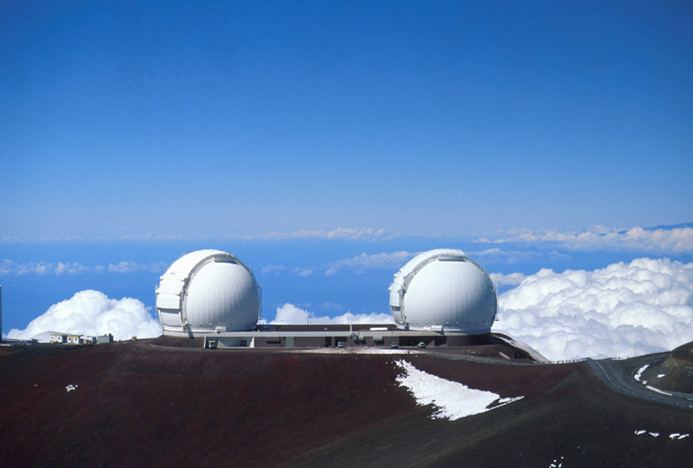 | ||
The following outline is provided as an overview of and topical guide to astronomy:
Contents
- Nature of astronomy
- Branches of astronomy
- Astronomical objects
- Solar system
- Extrasolar planets
- Constellations
- Constellation history
- Galaxies
- Space exploration
- Public sector space agencies
- References
Astronomy – studies the universe beyond Earth, including its formation and development, and the evolution, physics, chemistry, meteorology, and motion of celestial objects (such as galaxies, planets, etc.) and phenomena that originate outside the atmosphere of Earth (such as the cosmic background radiation).
Nature of astronomy
Astronomy can be described as all the following:
Branches of astronomy
Astronomical objects
Solar system
Extrasolar planets
Constellations
Constellation history
The 48 constellations listed by Ptolemy after 150 AD
The 41 additional constellations added in the 16th and 17th centuries
Galaxies
Space exploration
See: Outline of space explorationPublic sector space agencies
Africa
North Africa
Sub-Saharan
Americas
North America
South America
Asia
East Asia
Southeast Asia
South Asia
Southwest Asia
Central Asia
Europe
Oceania
World
1 Preceded by the Soviet space program
References
Outline of astronomy Wikipedia(Text) CC BY-SA
